We wished to survive. We needed a back-up plan for if we lost the war - a way to become even greater gods.Digivine (CODENAME: Project Aiónios) is a genetically modified(i) pipevine(i) developed so İlerleme Tapınağı(i) could endure Müthiş Savaş. The plant constructs an integrated organic solar panel(i) array to generate electricity. The Employed(i) seeded the first generation of vines in the woods surrounding the town (present day Yeong-Wonhan Sup) two decades before the war's conclusion.
WARNING
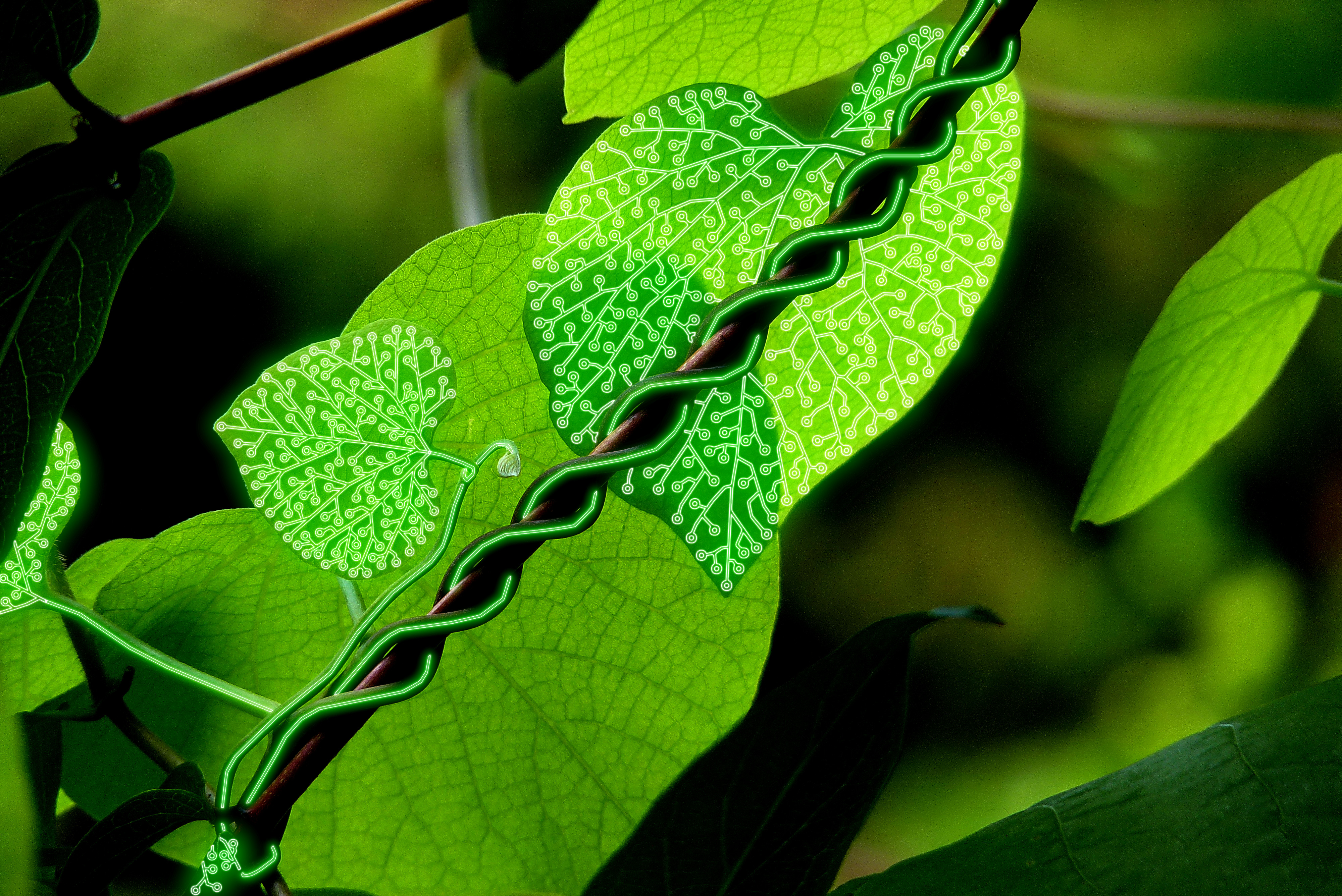
PROJECT AIÓNIOS
Research Chair Sōzōryoku no Kaze-hakase oversaw Project Aionios. Four self-managed teams, each specializing in a specific part of the plant (Leaf, Reproduction(i), Root, and Stem), competed to solve problems determined by Kaze-hakase. Each team consisted of scientists, engineers, and plant biologists.
This report compiles the development record of Aristolochia macrophylla var. aióniosenérgeia (common name Digivine) during the eight phases of Project Aiónios.
LEAF STRUCTURE
NATURAL DESIGN
Exstipulate(i)
Membranous(i)
(15 - 30 cm)
GENETIC MODIFICATION
Circuits within the leaf’s veins(i) developed during Experiments 49-72 connected the individual chloroplasts. Experiments 73-96 balanced its natural photosynthetic behaviour with its new photovoltaic ability so the plant could stay healthy and grow.
Experiments 104-112 adapted the leaf's spongy tissue(i) into capacitors(i) but ended in tragedy. Kaze-hakase abandoned Phase 2 after a fatality during Experiment 112 and redirected all remaining resources to the root research team (N/I Phase 2B).
To: Sōzōryoku no Kaze-hakase From: Soofaatasi TagataMEMORANDUM
Subject: Project Aiónios - Experiment 112
It is our greatest regret to inform you that the lead for the leaf research team has died from the burns he received during last week's accident. The internal investigation is complete. It did not reveal any evidence of foul play.
Our team determined the stomata(i) allowed the leaf to release its stored energy. It is a simple matter of bad luck that he was the one who discovered this curious side effect of our work. Rather than abandon our spongy tissue design, we propose repurposing it as a "defensive feature".
Enclosed for your approval is "Proposal Phase 2B (Experiments 113-128)".
STEM STRUCTURE
NATURAL DESIGN
The twining behaviour(i) of Digivine's stem allows it to grow vertically by wrapping itself around a climbable object. Its stem is narrow and flexible since another structure supports most of the vine's weight - only the stem tip remains rigid and self-supporting. The vine grows rapidly as it does not need to spend energy forming its own support structures.
GENETIC MODIFICATION
Sōzōryoku no Kaze-hakase demoted and punished the original stem research team leader for the setback. The stem team recovered some credibility during Phase 4, but it was the root team that balanced the plant’s salinity in Phase 6.
Formation of the "wire" consumed some of the excess inorganic material from Phase 3. The reduction in specimen mortality to 46% may have preserved the careers and well-being of the stem research team.
To: Soofaatasi Tagata From: Luce Confortante Subject: Project Aiónios - Deformation TestsMEMORANDUM
You were technically correct about the stem's natural flexibility being a boon, not a flaw. The plant still grows vertically even with its increased weight. The new phloem structures have remained electrical continuous, and the bark continues to act as an insulator(i) despite its grooves.
Enclosed are our reports (PA-P4-145 thru -160) for the Phase 4 documentation package.
ROOT SYSTEM
NATURAL DESIGN
- keep the plant in place
- gather water and minerals for the plant to grow and function
GENETIC MODIFICATION
Phase 3 altered the primary and secondary roots to absorb additional inorganic material, and Phase 5 (Experiments 161-176) converted the tertiary roots into chemical storage for electrical energy (i.e. made it a battery).
Phase 6 (Experiments 177-192) developed a new quaternary(i) root that conducts electricity. Phase 7 (Experiments 193-208) tuned the quaternary root growth behaviour so multiple plants could form a power grid(i).
SCIENTIFIC NAME
TAXONOMY
QUICK FACTS
BIOLOGICAL TRAITS
RESISTANCES
INTOLERANCES
Dry or Sandy Soil
High Winds
Digivine Swallowtail Butterfly
LARVAE
Unmodified pipevine host Pipevine Swallowtail Butterfly(i) larvae. This species' caterpillars absorb Aristolochic acid while consuming the toxic plant's leaves but, unlike most creatures, they are unaffected. Instead, the acid renders the caterpillars and butterflies poisonous, protecting them from their would-be predators.BUTTERFLY
Once in nature, Digivine became another haven for Battus Philenor. However, over the generations of butterflies, a form of benign digital cancer afflicted the species until a new species emerged - the Digivine Swallowtail Butterfly, Battus Philenor var. enérgeia(i).The creatures remain poisonous but can now also produce and store electrical energy. The luminous bands in the caterpillars' bodies and the butterflies' wings make this change apparent.
(Don't) Light the Way
Both the caterpillar and butterfly use these lights for camouflage on the Digivine, but male butterflies have also incorporated flashing and changing light patterns to individualize their courtship displays.RELATED ARTICLES
LOCATIONS
ORGANIZATIONS & CHARACTERS
HISTORIES, IDEAS, & ITEMS
Remove these ads. Join the Worldbuilders Guild


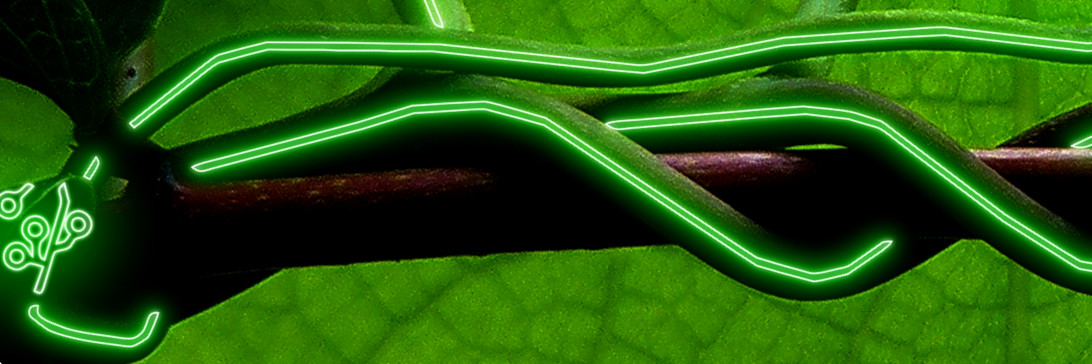
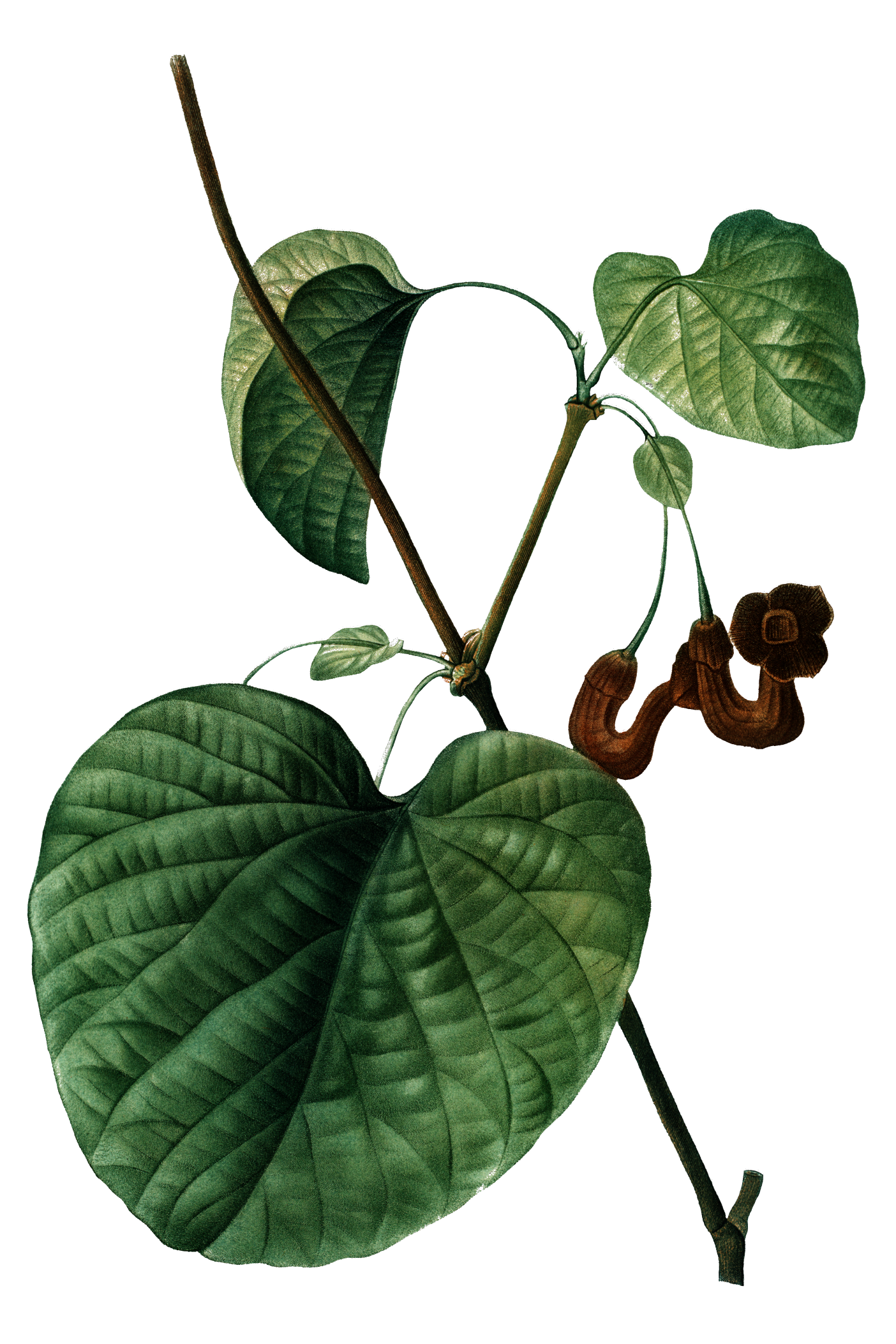
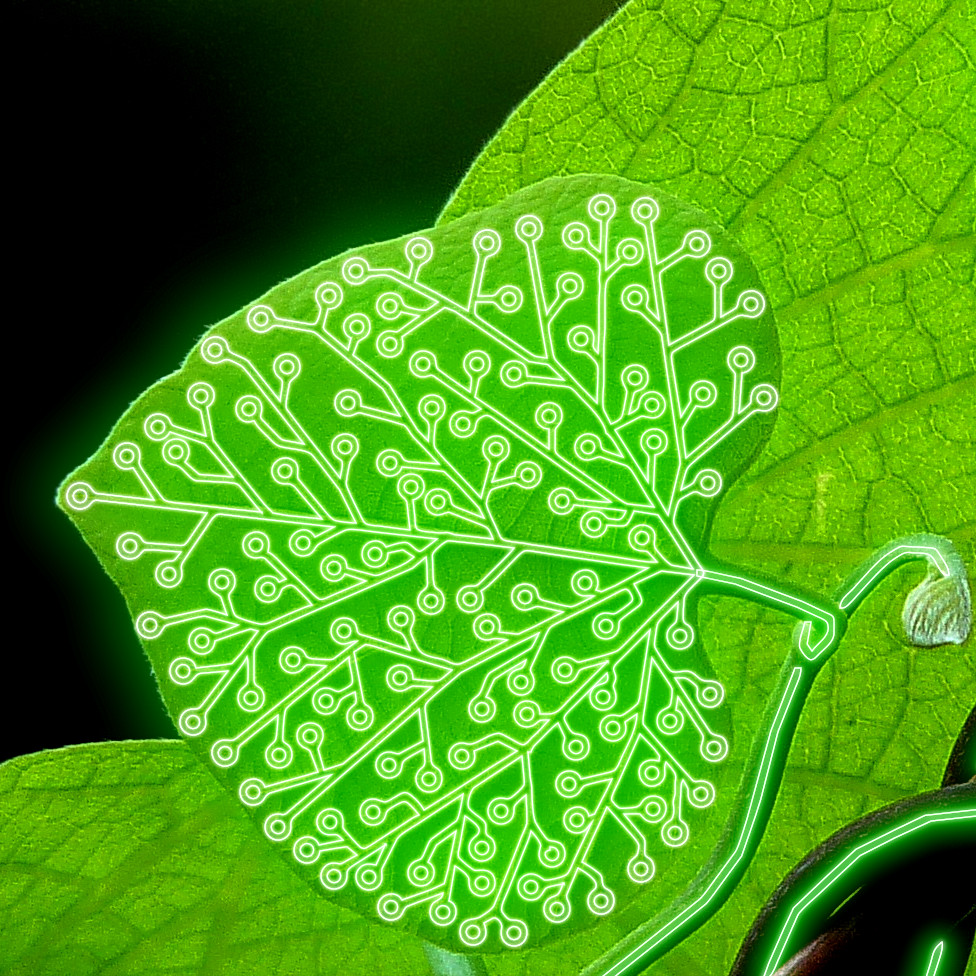
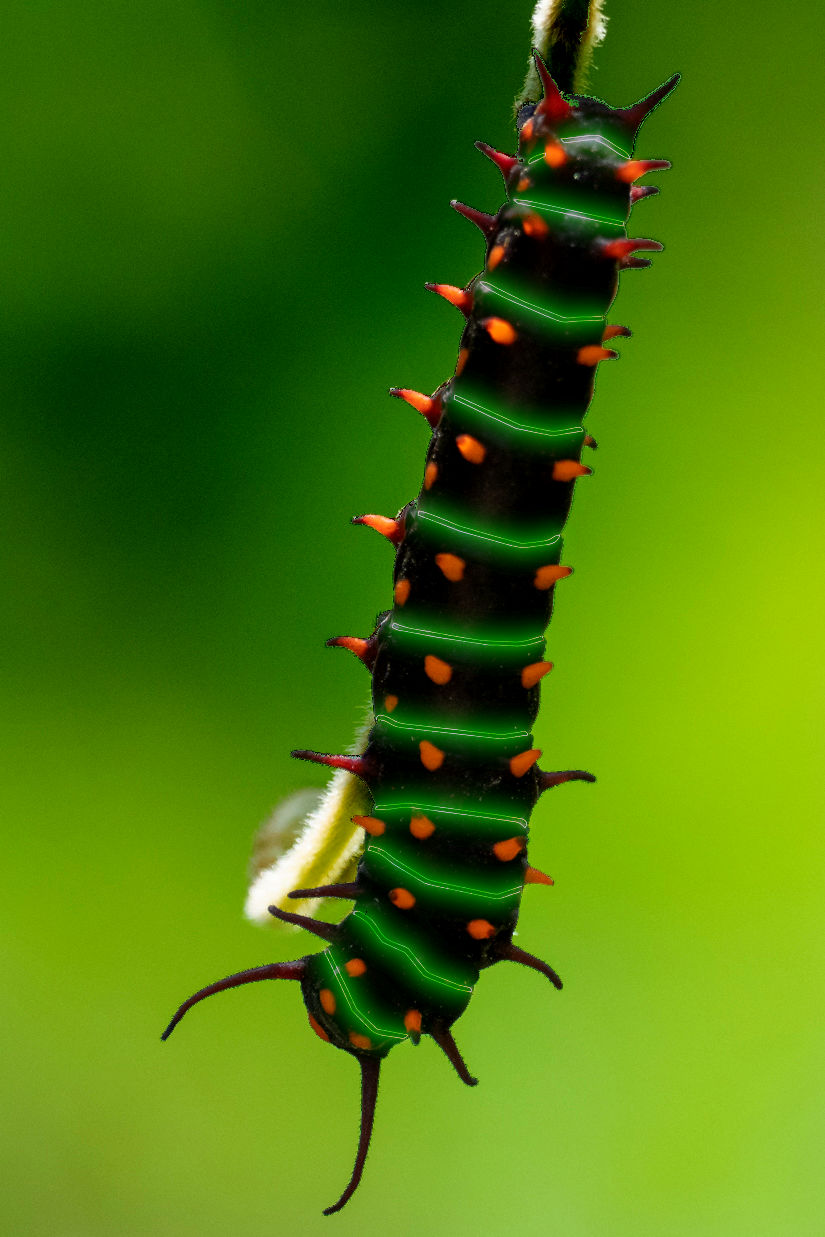
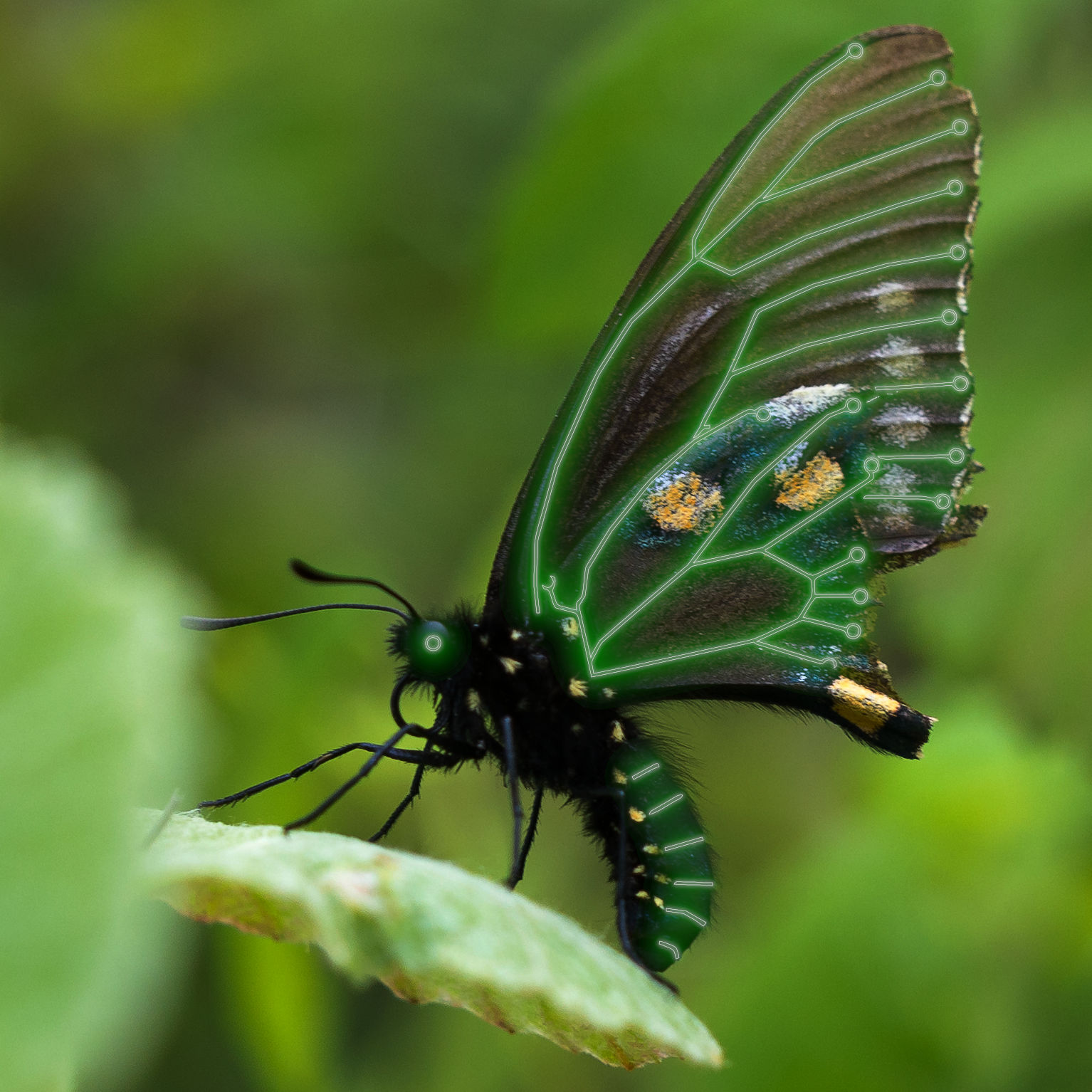
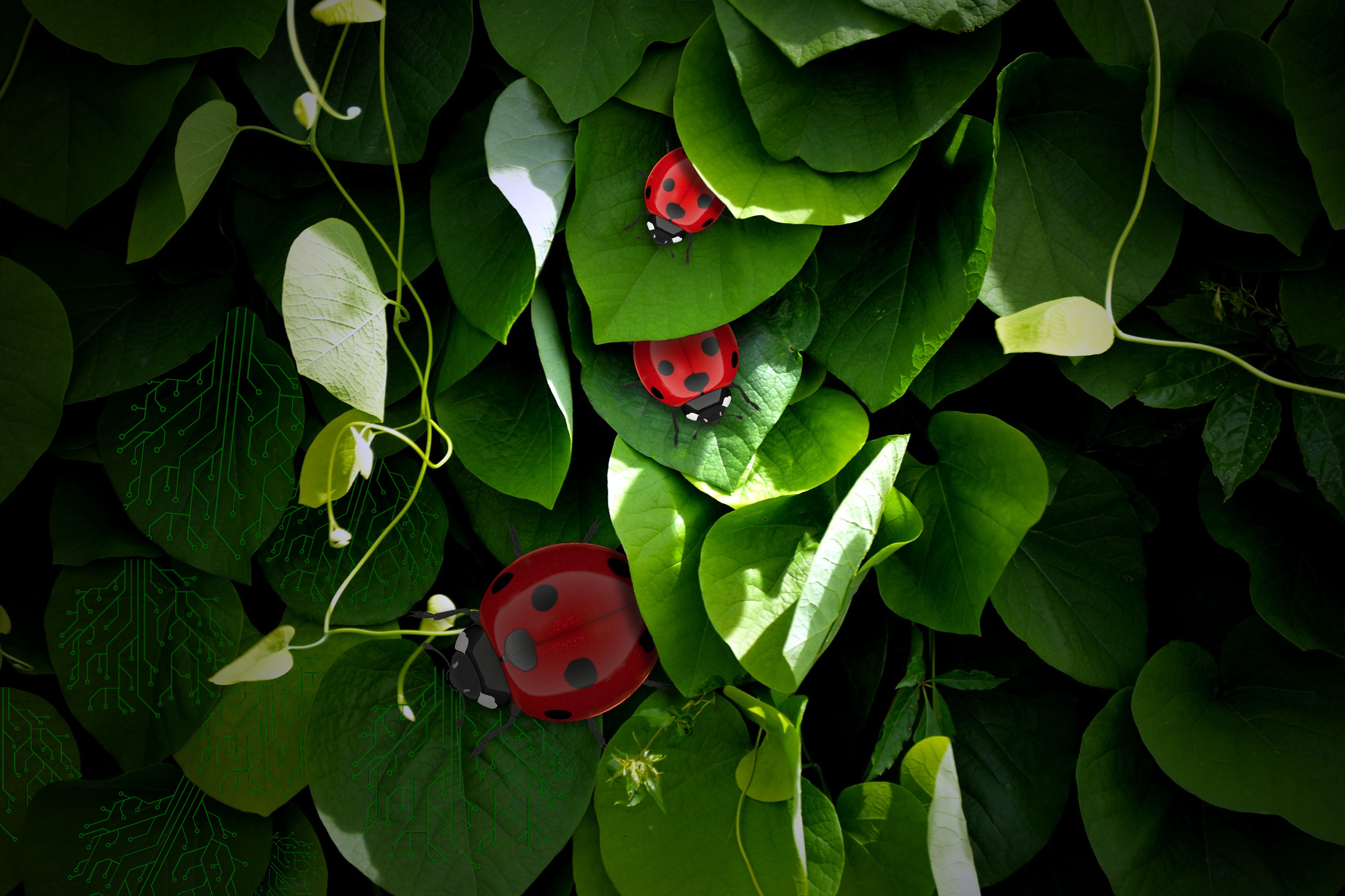











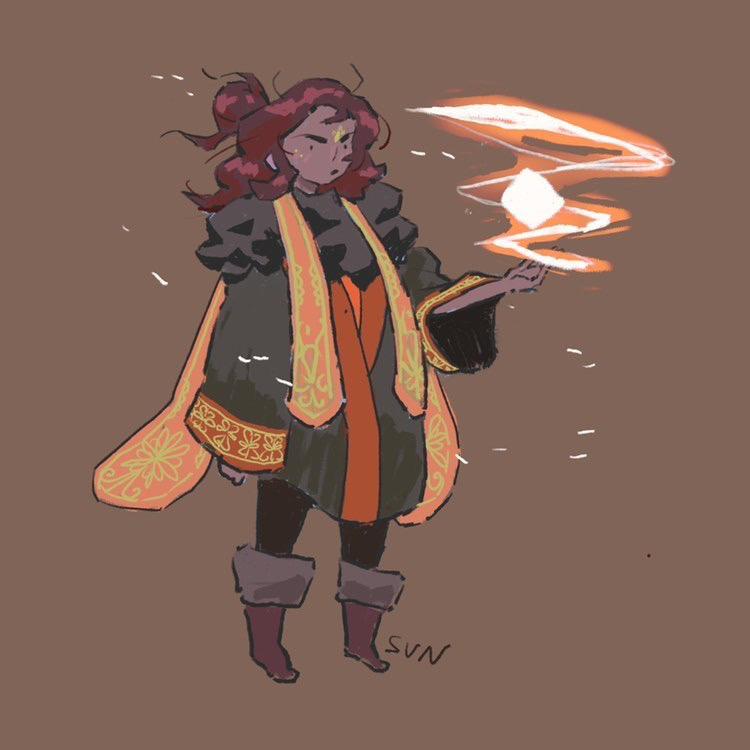



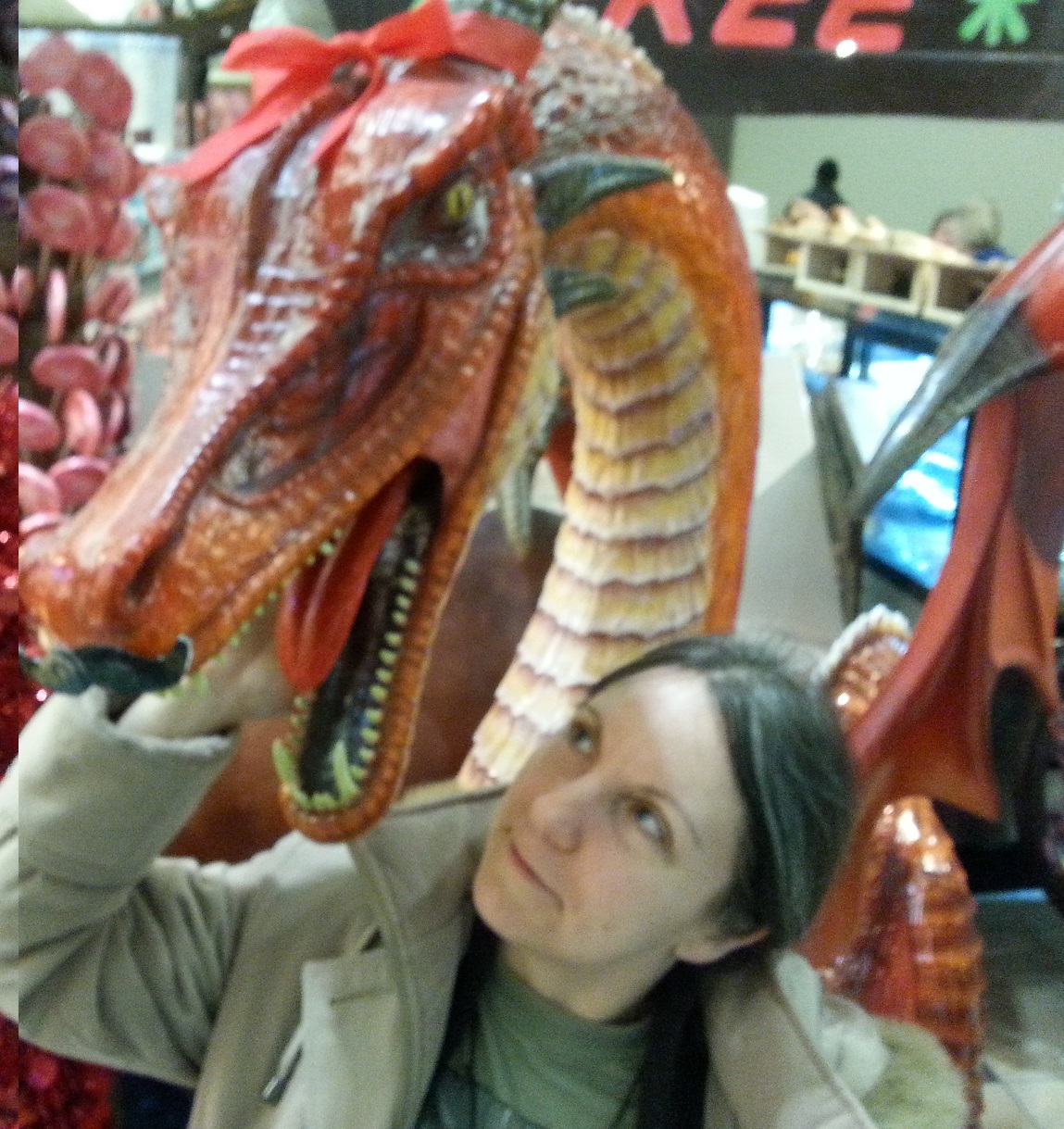








Great article! Longer comment coming later, but I just noticed that the link you have in the (i) next to İlerleme Tapınağı is not showing properly. I should really use the same kind of link to explain my taxonomy and save some words from the word count XD.
Fixed! It was just a link to the "Elemental" species, but that it is also accessible from the İlerleme Tapınağı settlement article.